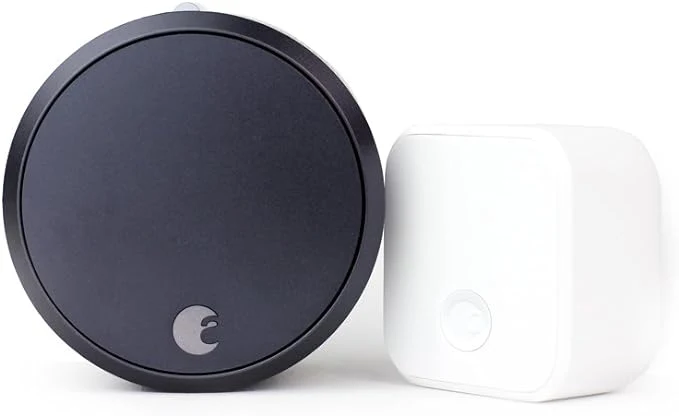As we progress through 2025, 3D pens continue to be a fascinating tool bridging art and technology. With advancements in ergonomics, precision, and smart features, these pens have found a place in educational settings, the art world, and even industry-specific applications.
What is a 3D Pen?
A 3D pen is a portable tool that extrudes heated plastic filament, allowing users to create three-dimensional structures by hand. It functions similarly to a standard 2D printing pen but adds the dimension of height, permitting the artist to craft a variety of objects, from simple doodles to complex models.
How Does a 3D Pen Work?
Mechanism
1. Heating Element: The pen has a heating element that melts the plastic filament, typically made of ABS or PLA.
2. Extrusion System: Once the filament is heated, it is pushed through a nozzle where it cools and solidifies quickly, adhering to the previous layer or surface being worked on.
3. Control System: Most modern 3D pens feature adjustable speed settings and temperature controls, providing users with greater precision and the ability to work with different types of filament.
Filaments
By 2025, 3D pens have expanded beyond traditional plastics. Users can now choose from an array of materials such as:
- Biodegradable PLA
- Flexible TPU
- Glow-in-the-dark filaments
- Metallic and glitter-infused options
These varied options inspire creativity and serve different projects, appealing to artists, educators, and hobbyists.
Advancements in 2025
Improved Ergonomics
The latest 3D pens released in 2025 are designed with user comfort in mind. Lightweight materials, ergonomic grips, and a compact design make extended use less tiring.
Enhanced Precision
Several brands have incorporated advanced technology enabling higher precision in the extrusion process. This includes dual-nozzle designs that allow for multi-color or texture blending directly during application.
Integrated Smart Features
Modern 3D pens now often come with integrated smart features, such as:
- Bluetooth Connectivity: Connects to apps for design templates and tutorials.
- LED Display: Shows real-time temperature and speed settings.
- Safety Features: Automatic shut-off mechanisms and heat-resistant exterior materials reduce the risk of burns.
Practical Uses and Examples
1. Artistic Creations
Artists are using 3D pens to create intricate sculptures and wall art. For instance, a mixed media artist might combine traditional painting techniques with 3D pen designs to bring depth to their work.
2. Educational Applications
Educators in STEM fields are using 3D pens to teach concepts of geometry and physics. Students can visualize structures, such as geometric shapes and bridges, and understand relationships between dimensions interactively.
3. Prototyping and Product Development
Designers and engineers are using 3D pens to quickly prototype models. For instance, a product designer could sketch a new gadget prototype to visualize parts and functions before moving to production.
4. DIY Repair and Customization
Hobbyists utilize 3D pens for quick fixes on broken items. Someone with a cracked plastic toy can use a 3D pen to reinforce weak points, creating a custom patch that also adds aesthetic detailing.
5. Fashion and Accessories
Fashion designers are incorporating 3D pens into their workflow, creating unique jewelry pieces and clothing embellishments. A designer could craft intricate earring designs that blend filaments of various colors and textures.
As we step into 2025, the technological landscape continues to evolve at a rapid pace, and one of the most creative innovations that has gained traction is the 3D pen. Whether you're an artist, educator, engineer, or hobbyist, a 3D pen can unlock new dimensions of creativity and functionality.












